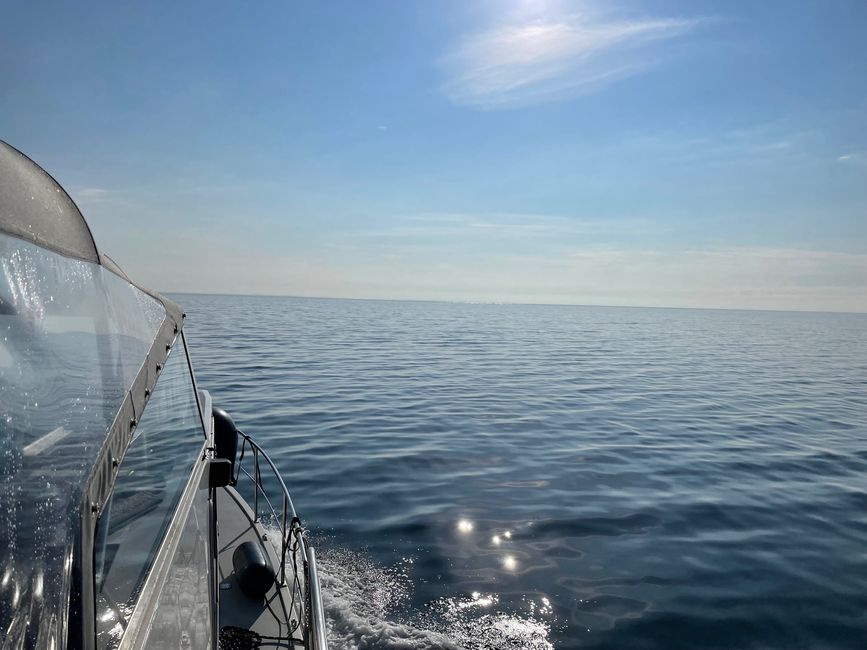
Odenwälder-auf-dem-Weg-ins-Mittelmeer
vakantio.de/odenwalder-auf-dem-weg-ins-mittelmeer
Palamos - Sant Feliu de Guíxols
ที่ตีพิมพ์: 06.07.2023
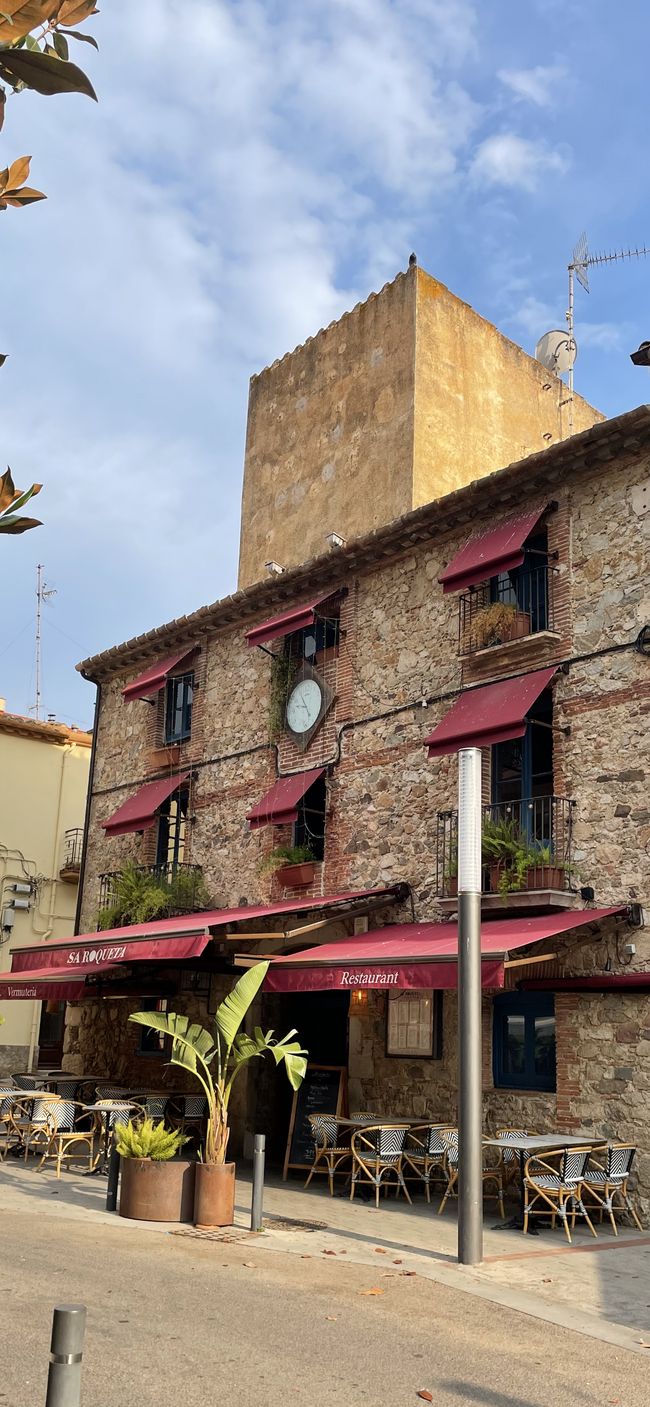
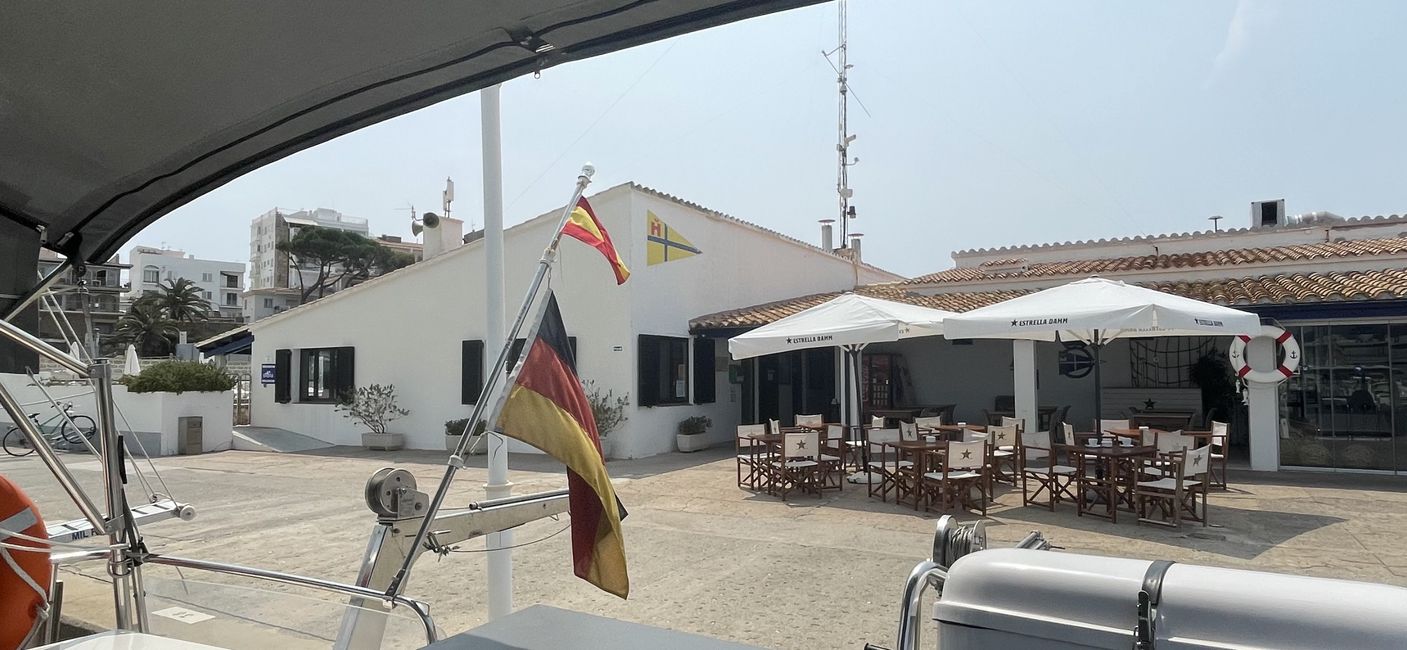
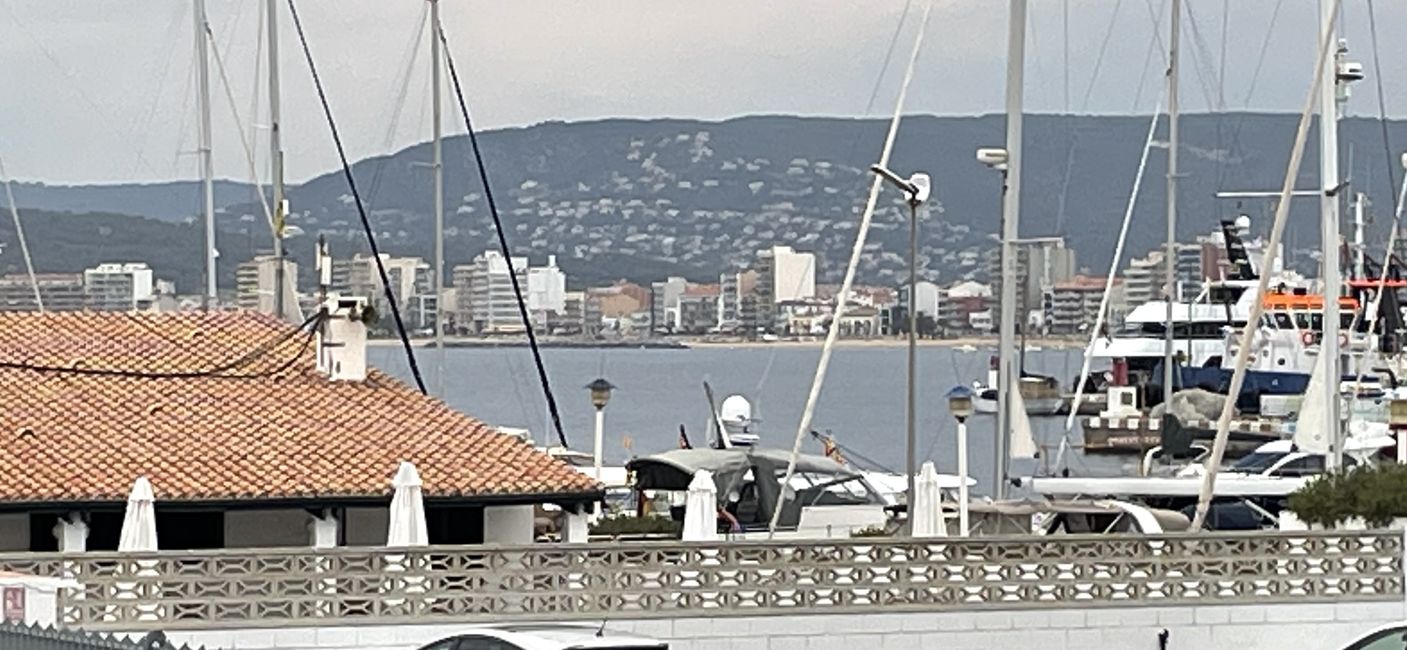
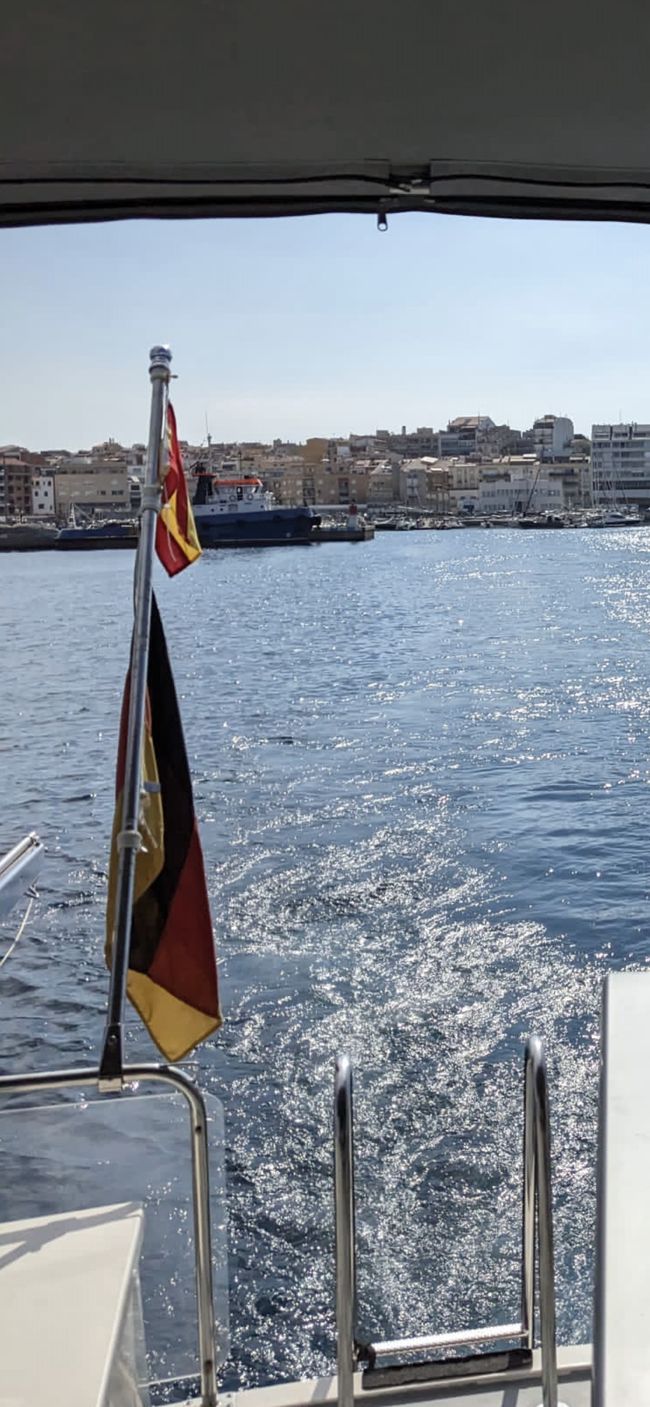
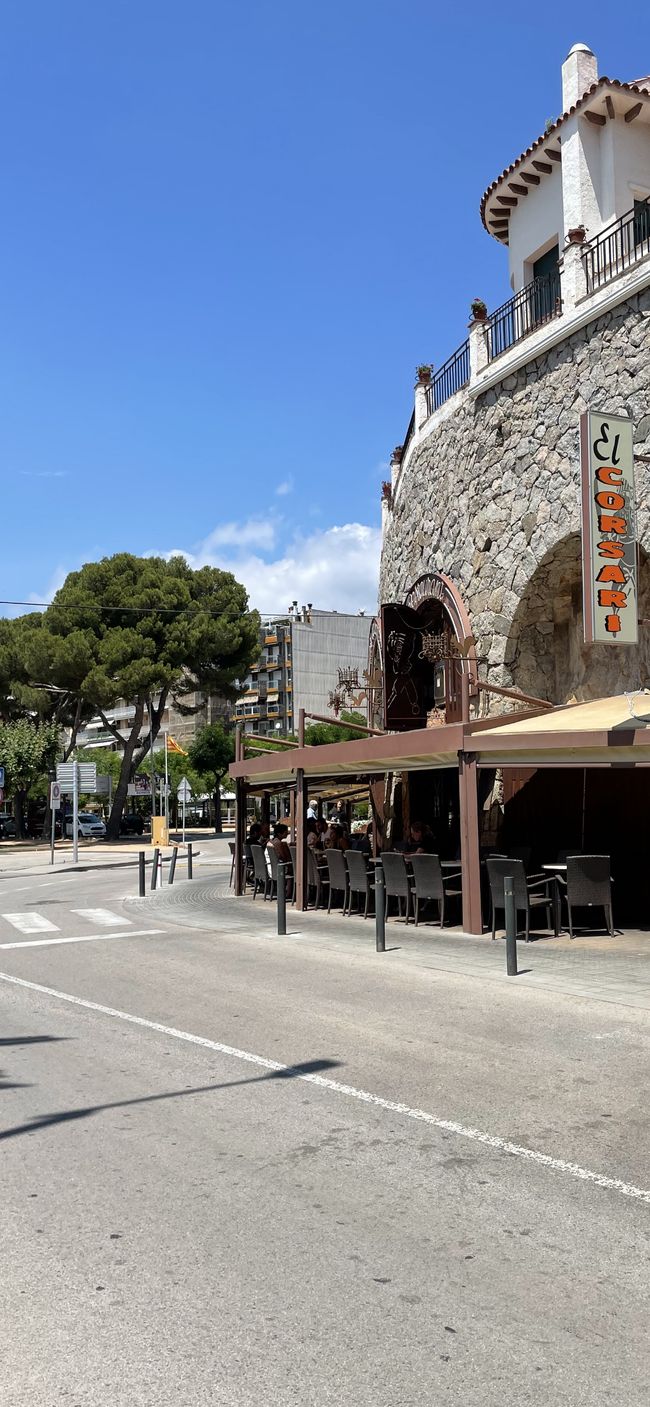
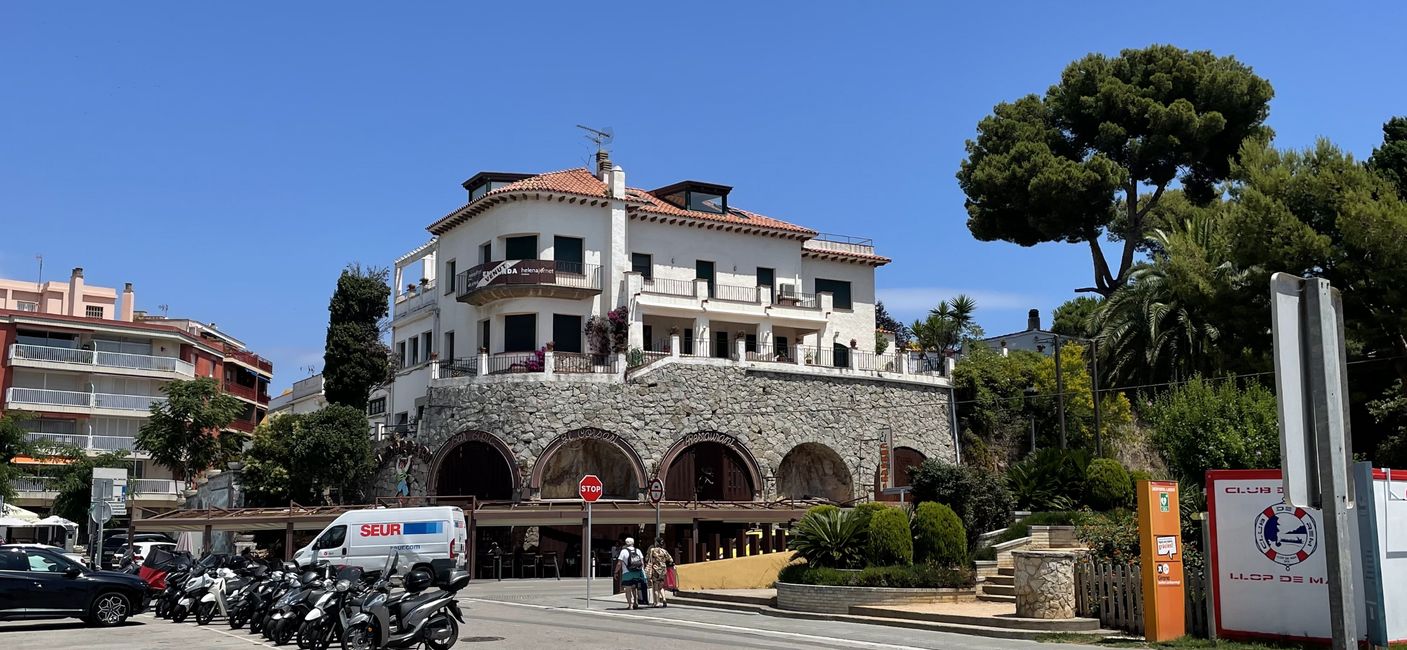
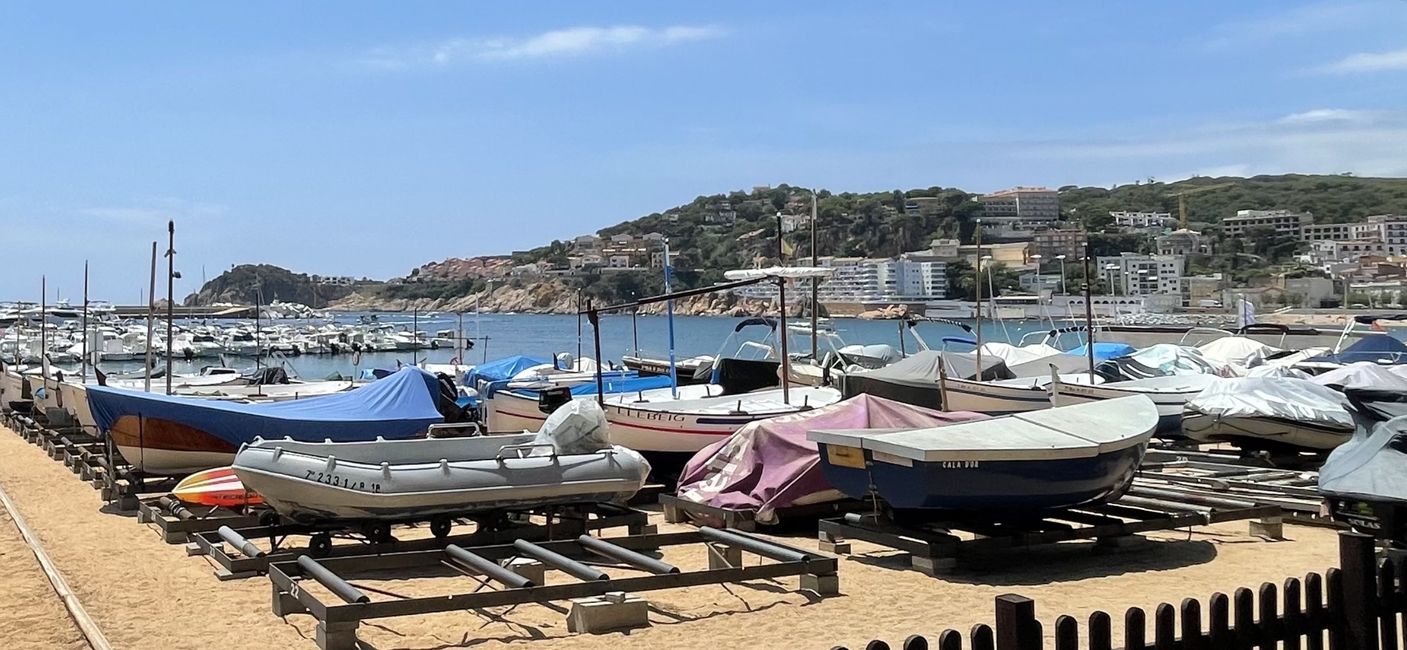
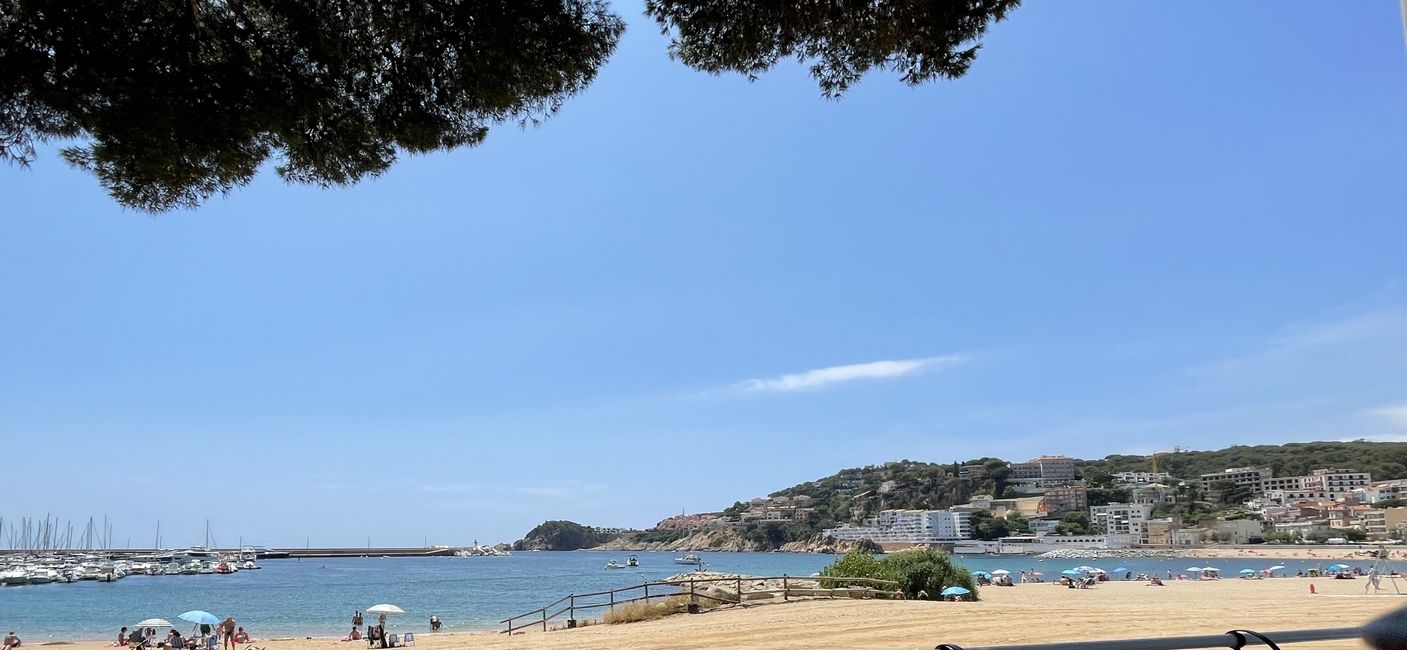

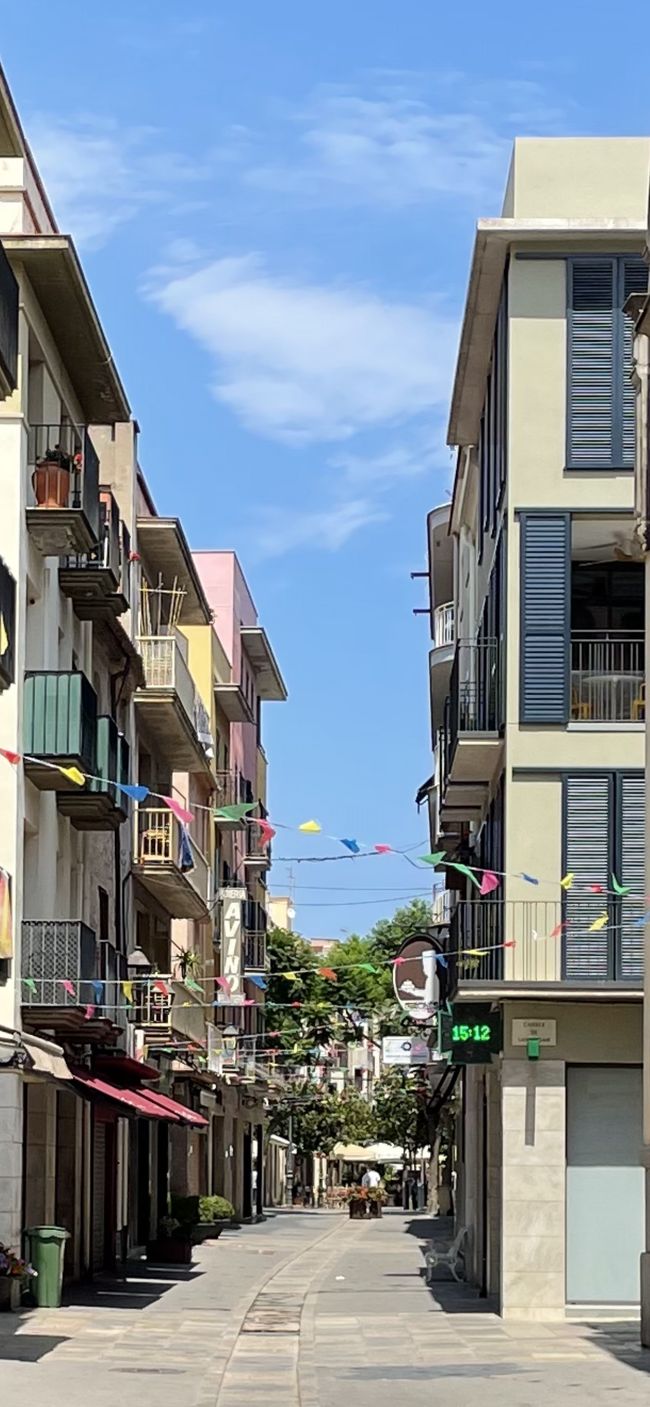
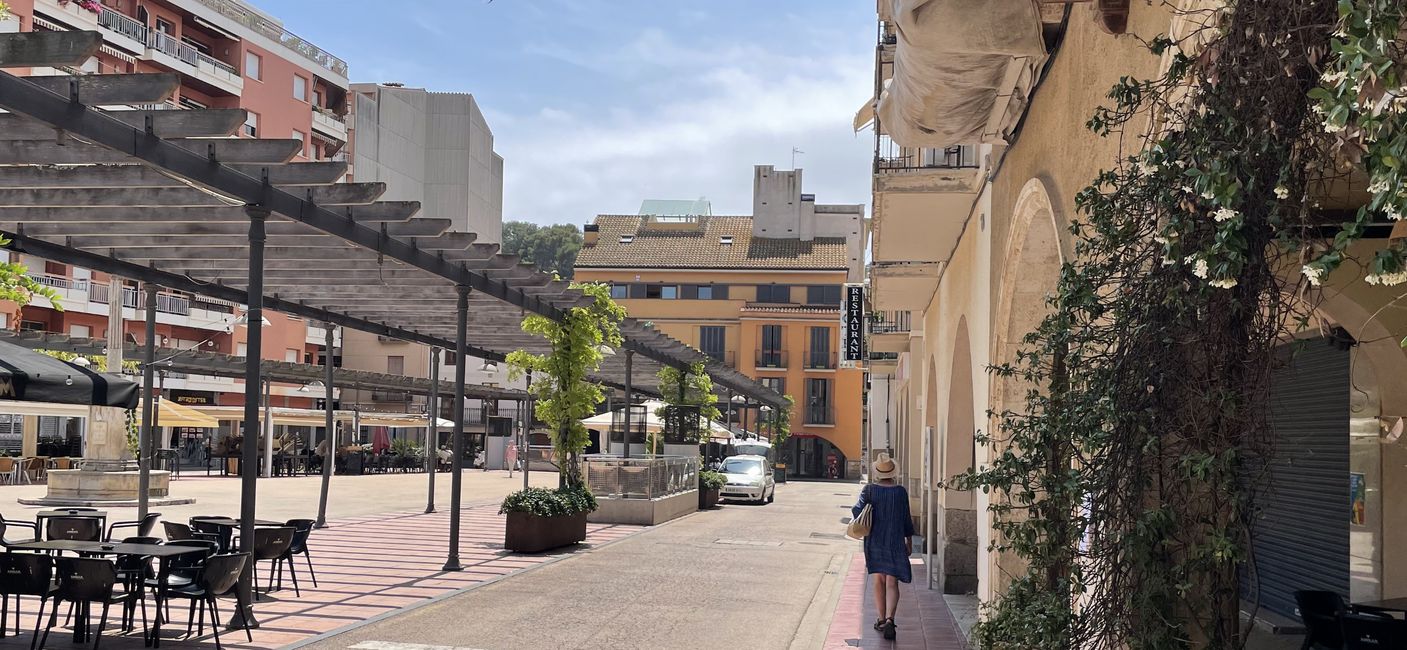
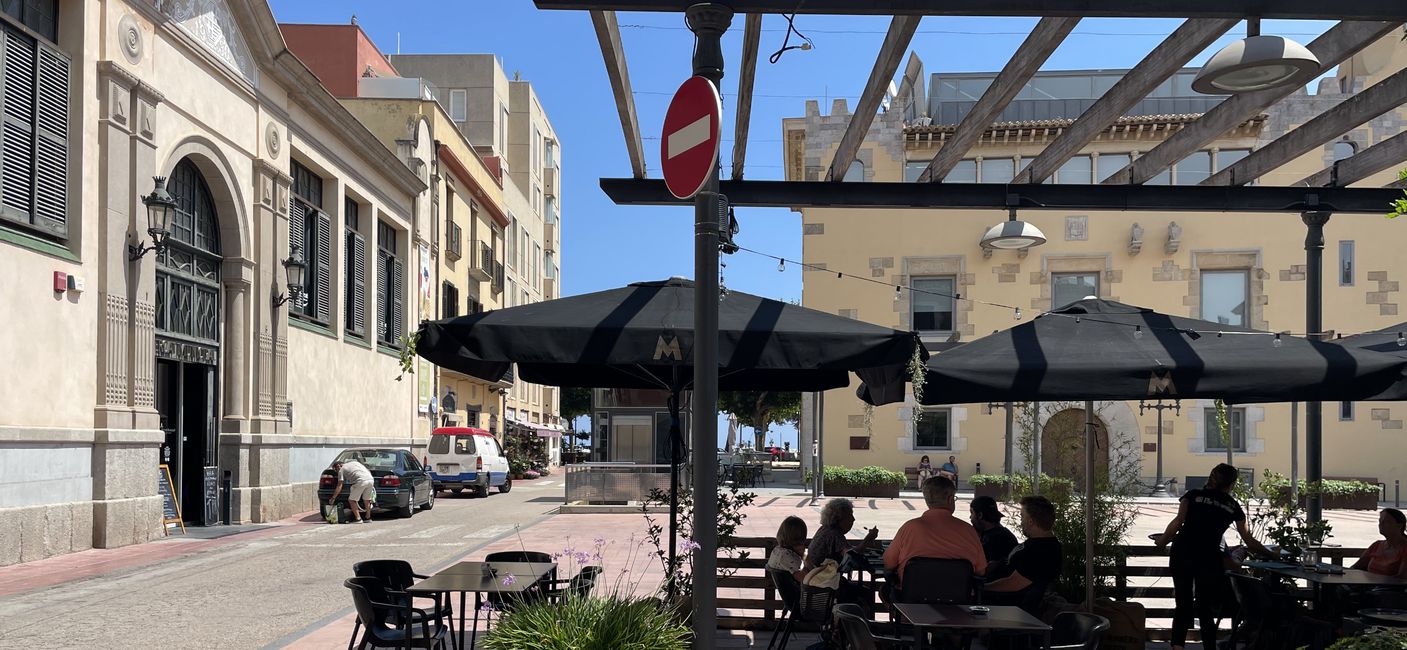
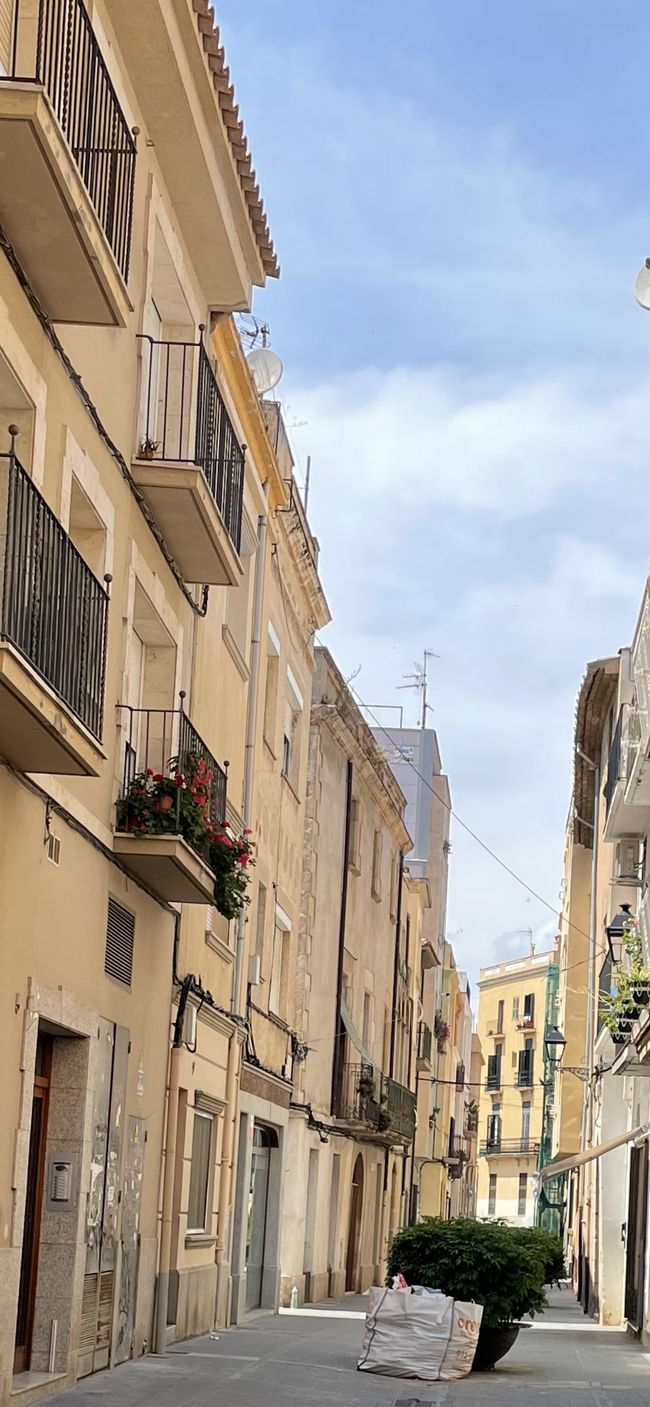
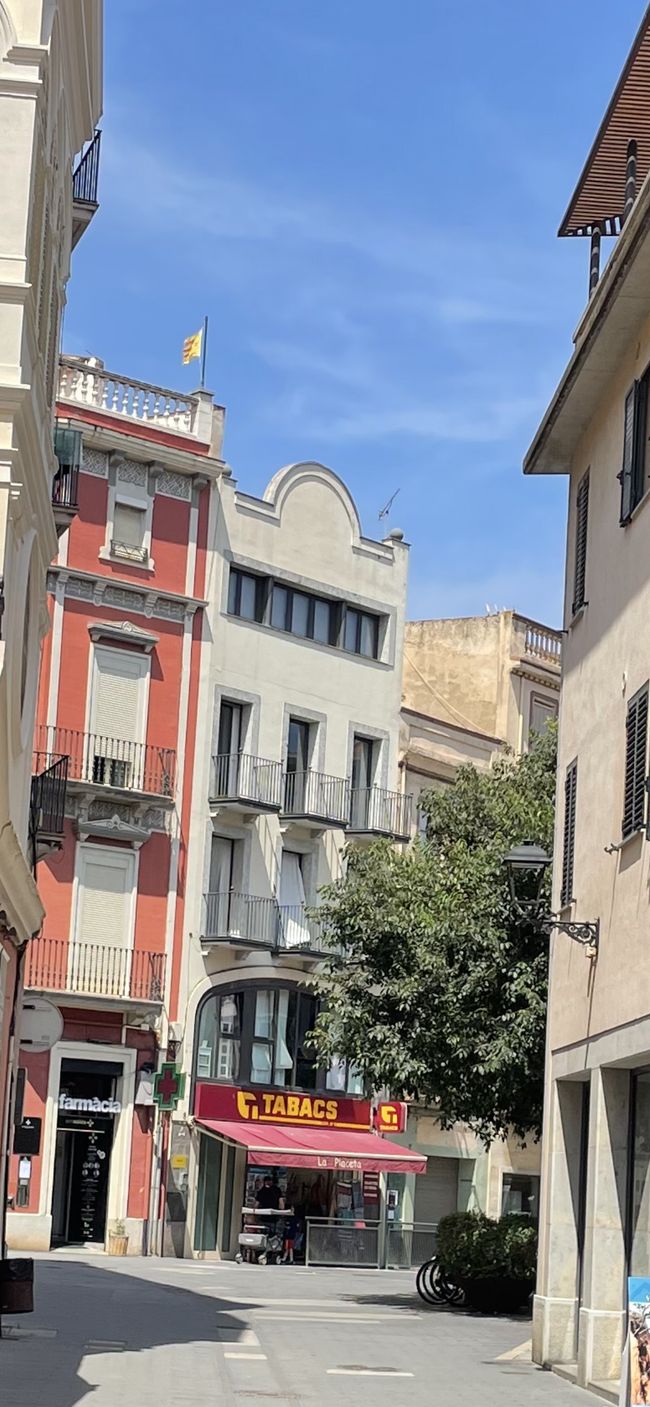
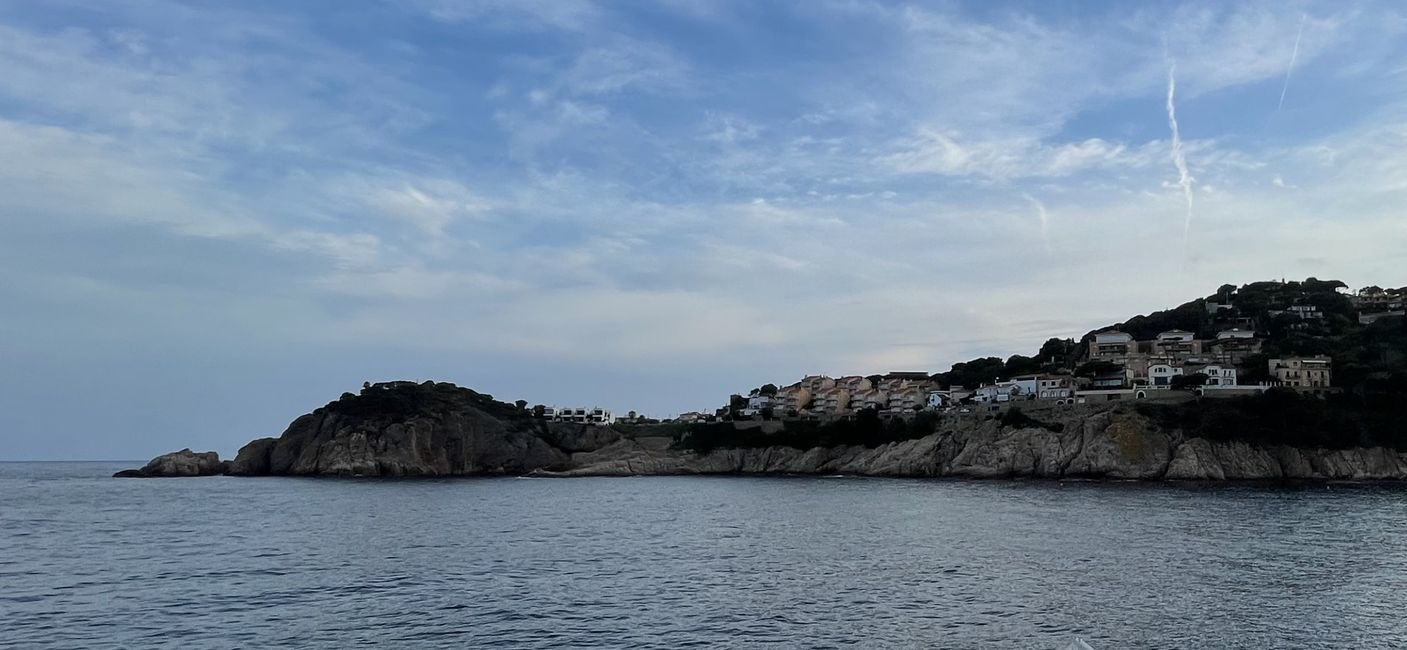
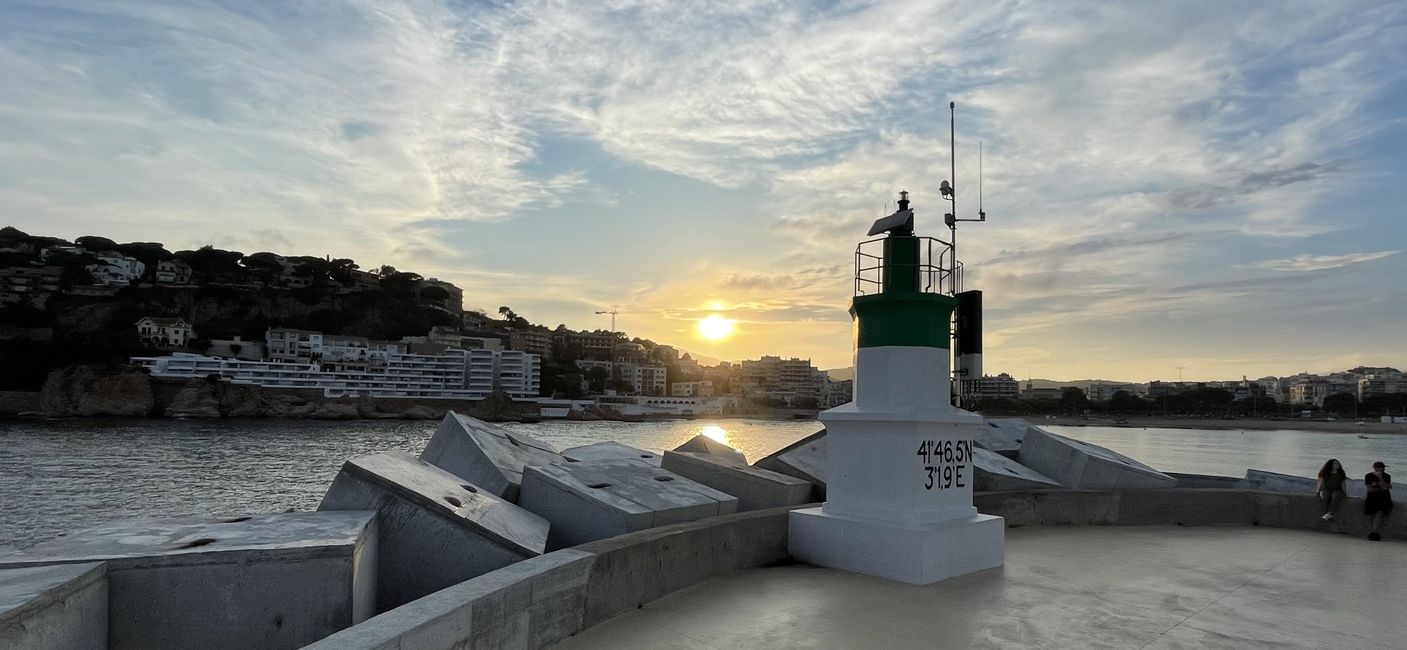
สมัครรับจดหมายข่าว
In Palamos, we enjoyed the proximity of the port to the old town. After arriving, we checked in for 2 days. Now we have to report to the harbor office daily until 10:00. We wanted to replenish our supplies, so shopping was on the agenda. The supermarket is located 3 km away from the port, and although there are small convenience stores in the old town where you can get the essentials, prices are not displayed, so we experienced some surprises at the cash register.
On the first evening, we set off towards the city around 17:00, equipped with a backpack and a good amount of hunger. We quickly realized that the kitchen hours were different from our previous travels. Most restaurants don't open until 19:00, and the majority start serving food at 20:00. So we were happy to find a small restaurant right on the beach that offered early dining.
We had grilled sea bream and Spanish ham, the ham was good, but the sea bream, being hungry, we devoured it without being able to properly judge the cooking. Not recommended!
The streets of the old town were bustling with activity, with restaurants lining the streets. A fairground was set up on the beach, and we experienced it in action around 20:00.
Now, of course, everyone wonders what we did in Palamos?
I can reveal it. We had accumulated a lot of dirt, desert dust, and other airborne particles with our Gustav until Palamos. So a wash was in order. However, due to the current water rationing in the Costa Brava ports caused by low rainfall, water is only available in the harbor between 9:00 and 13:00. Additionally, the hose can be used to fill the water tank but not to wash the boat, unless you fill the tank first and then wash the boat with the water from the tank. This is the official explanation from the harbor office.
We followed these rules. When we were in the middle of washing, the marinero checked on us and was very pleased with our behavior. The result was a sparkling Gustav. The next morning, we properly filled our tanks, which had actually become empty during the operation. Then we went shopping in the city.
As expected, we needed to find a Lidl. To reach it, we asked for information about the city bus at the tourist office. With the day pass, we could take multiple trips. There was a bus stop right next to Lidl, so we got off there, did the shopping, and then made our way back with 20 kg of luggage.
One highlight at Lidl, Franziskaner Hefe hell beer, 0.5 l bottle, I couldn't resist.
We had to make the bus stop at our return because the driver was so absorbed that he almost missed us.
When we returned, we wanted to take a shower, but we didn't have any water in the tank.
Where did the water go?
We quickly found the explanation: a hose clamp had come loose in the engine room. Since this hose had been shut off until now, it hadn't been noticed. The valve had to be opened to wash. After filling the tanks, the freshwater system had been pumping water all day, but because of the leak, no pressure could be built up, so the good water, about 400 liters, obediently flowed into the bilge, including the engine room.
Fortunately, the next morning we were able to use the pump in the harbor to pump the slightly oily mixture out of the engine room and dispose of it properly. Thanks to the marineros who assisted us with this.
We changed our berth. In the harbor itself, there is a small restaurant and a seawater swimming pool. Our new berth was right in front of the restaurant and about 30 m away from the swimming pool. We made use of this luxury, including showering outside.
But that wasn't all, the water had also flowed into the bilge through the rear bulkhead, so that all sections had about 25 cm of water in the bilge. Fortunately, it was only water. We wanted to pump it into the harbor. However, we were right in front of the restaurant, which was busy until midnight, and we felt guilty. So we started pumping water out of the bilge at the front, bucket by bucket, and drained it through the sink. After an estimated 50 buckets, plus the 200 liters pumped out of the engine room, in total significantly more than the 400-liter tank, I started to worry. We could have another leak.
But the initial observations showed that this was not the case.
On Monday, July 3rd, we left Palamos. Our next destination, el Masnou, was already within reach. We wanted to experience more of the Costa Brava, so we decided to keep the upcoming stages short. Our next destination was Sant Feliu de Guíxols.
What we hadn't solved at that time was our nautical chart problem. The download of the Mediterranean chart worked, but the chart couldn't be installed.
So we had to resort to the old paper charts and set our distance from the coast with a significant safety margin.
Upon arriving in Sant Feliu, my first mate and radio officer had already scouted a pizzeria where we would eat tonight. The photo captures the Frutti di Mare pizza, it looks and tastes good. Afterwards, we bought some water at a small market, and baguette and Pilsner complete the shopping list.
The narrow streets were much quieter than in Palamos, and the harbor itself is a relatively newly built, modern facility. Of course, this is reflected in the higher prices. We can recommend the harbor, all berths have catwalks. From July 1st, the high season rates apply in the Mediterranean ports, and for our Gustav, we invested over 100 € for the night for the first time. If you prefer a quieter atmosphere, you should feel right at home here.
สมัครรับจดหมายข่าว
คำตอบ
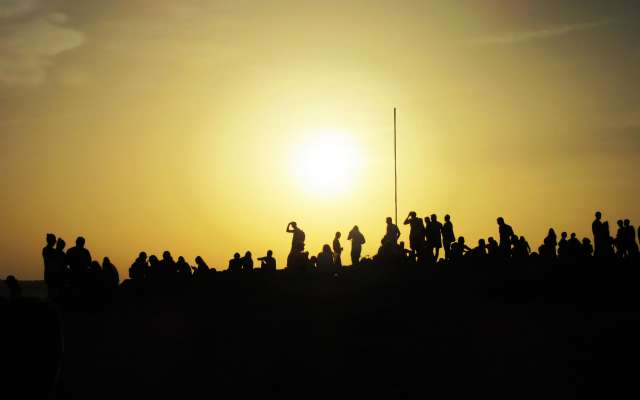
รายงานการเดินทาง สเปน
